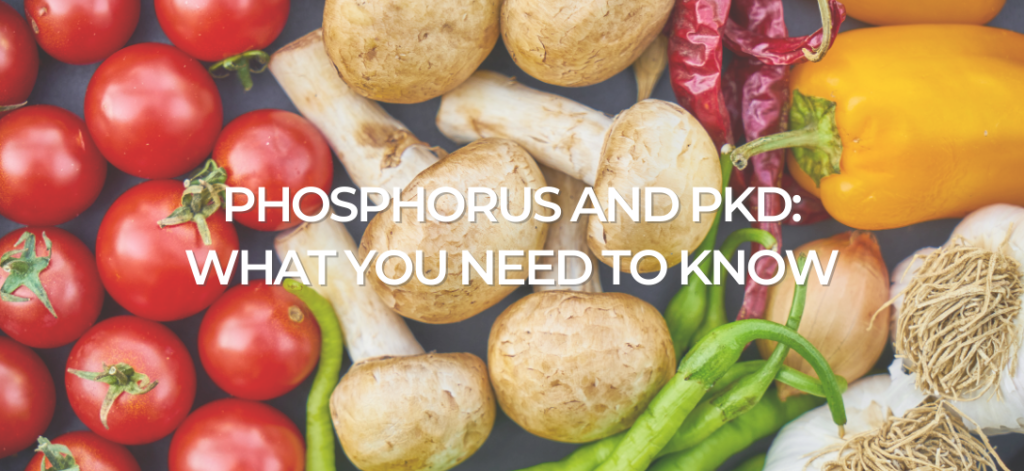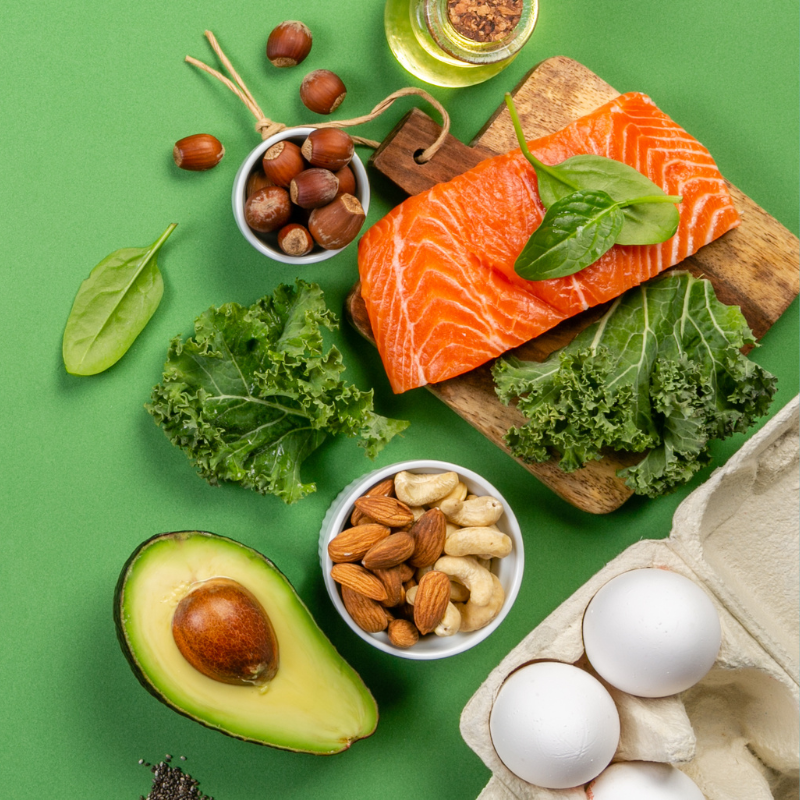
Published October 27, 2020 | Before your PKD diagnosis, you probably didn’t give much thought to phosphorus and kidney disease. While it plays many important roles in keeping you healthy—including building teeth and bones, growing and repairing your body’s cells and tissues, and converting the foods you eat into energy—this mineral doesn’t get much attention. It’s easy to get all the phosphorus you need and more without even trying. But for people with PKD, consuming too much of it can be a major concern.
“Normally, if you take in extra phosphorus, your body utilizes what it needs and excretes the rest,” says Elisha Pavlick, R.D., C.S.P., L.D.N., a clinical dietitian in the Division of Nephrology, the Pediatric Kidney Stone Center, and the Kidney Transplant and Dialysis Program at Children’s Hospital of Philadelphia. “But when you have a renal condition like PKD, your kidneys aren’t able to filter it out efficiently.”
Phosphorus and Kidney Disease—Why Excess Can Be Harmful
According to a study published in Advances in Chronic Kidney Disease, high phosphorus levels (or hyperphosphatemia) “are a major risk factor for death, cardiovascular events, and vascular calcification among patients with and without kidney disease. Even serum phosphate levels within the ‘normal laboratory range’ associate with a greater risk of death and cardiovascular events.”
In the short term, consuming too much phosphorus isn’t dangerous, and you won’t notice any symptoms that you might be overdoing it. But over time, the extra phosphorus in your bloodstream can cause serious damage.
“Elevated levels of phosphorus pull calcium from your bones, which makes them weak and brittle,” Pavlick explains. “In addition, excess phosphorus is deposited in your blood vessels, hardening them, and potentially causing heart problems.”
In the early stages of PKD, you may not need to keep a close eye on your phosphorus intake. Though your nephrologist will be monitoring the levels in your blood. But as kidney function declines in stages 4 and 5, avoiding hyperphosphatemia becomes a priority.
Challenges in Keeping Your Levels Low
Unfortunately, avoiding high-phosphorus foods isn’t easy in maintaining a healthy PKD diet. The mineral is naturally present in foods like meat and dairy products, and in many packaged foods.
“Manufacturers frequently use phosphorus additives as preservatives or to add flavor to a product, and these are very readily absorbed in the body,” Pavlick says.
To complicate matters, you usually won’t find the amount of phosphorus a food contains on the nutrition label because companies aren’t required to include it. As a result, you may end up buying items that are higher in phosphorus than you realize. It takes careful reading of ingredients to avoid food with added phosphorus. The body nearly fully absorbs added phosphorus when ingested. Unlike a naturally occurring phosphorus from the plant-derived food that only partially absorbs.
Ways Your Dietitian and Doctor Can Help
Once your nephrologist tells you to start limiting your phosphorus intake, he or she might refer you to a registered dietitian if you’re not seeing one already. Because the mineral is in so many foods, a professional can help you find alternatives to foods that are high in phosphorus and still maintain a balanced diet.
“Usually you’ll start by cutting back on processed foods because phosphorus additives don’t provide any nutritional value,” Pavlick says. A dietitian will also show you how to identify those additives on food labels. Anything with “phos” in its name, such as disodium phosphate and phosphoric acid, is a giveaway. “It’s actually good to limit processed foods even before an R.D. tells you to, since recent studies indicate that bone damage can happen even in the early stages of chronic kidney disease,” Pavlick adds.
If that doesn’t help, you’ll then begin limiting naturally occurring sources of phosphorus as well. But if dietary changes aren’t enough to get your levels down, don’t panic. Your nephrologist may recommend you take phosphate binders, which help control the amount of phosphorus your body absorbs from food.
Want to see more articles like this? Read the full issue of our magazine, PKD Life, and subscribe to future issues here.









This article might have been more helpful if it had mentioned what foods to avoid, which are high in phosphorus, etc.
Seria bueno tener un listado de que alimentos controlar mas
All foods have some sort of phosphorus. Check with a dietitian or google foods high in phosphorus.
https://www.healthline.com/nutrition/foods-high-in-phosphorus#TOC_TITLE_HDR_12